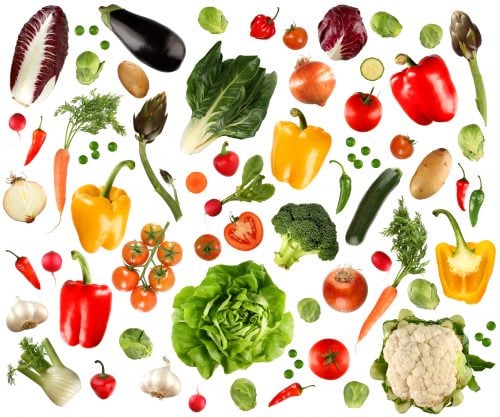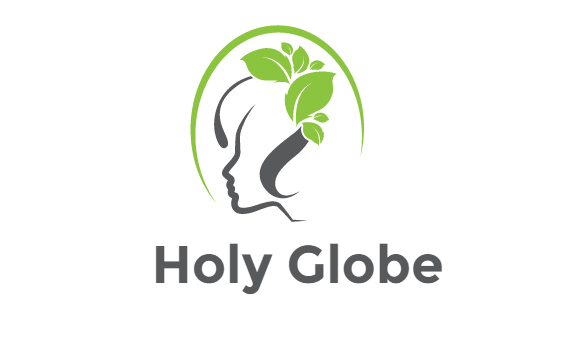
Animal foods and plant foods have numerous distinctions.
This is especially real for their nutritional worth, as many nutrients are specific to either plants or animal foods.
For ideal nutrition, it makes good sense to follow a balanced diet plan that includes both.
This post notes 10 common nutrients that are challenging or impossible to obtain from animal foods.
1. Vitamin C.
Vitamin C is the only necessary vitamin not found in beneficial amounts in prepared animal foods.
It is a powerful antioxidant that is important for the upkeep of connective tissue. It also works as a co-factor for many enzymes in the body.
Furthermore, vitamin C shortage might cause scurvy, a condition initially identified by spotty skin and tiredness. Advanced scurvy can trigger yellow skin, loss of teeth, bleeding and eventually death.
A diet of just animal foods generally doesn’t include adequate vitamin C. For this reason, individuals need to get it from fruit, veggies, strengthened food or supplements.
Nevertheless, sufficient amounts of vitamin C can be obtained from raw liver, fish roe and eggs. Lower quantities are likewise present in raw meat and fish.
Given that many people are already getting adequate vitamin C from their diet plan, supplementation is typically unneeded.
However, numerous research studies show that high vitamin C intake may:
- Protect against age-related psychological decline.
- Decrease high blood pressure.
- Improve the health of blood vessels, possibly cutting the threat of clogged up arteries.
A few of these impacts may only apply to those who are low in vitamin C to begin with.
Taking vitamin C can likewise boost iron absorption from a meal. This can lower the threat of anemia in people who are prone to iron shortage.
Vitamin C is discovered in most plant foods, particularly raw vegetables and fruits. The wealthiest food sources include bell peppers, kale, kiwifruit, citrus fruits and different berries.
Bottom Line: Vitamin C is an antioxidant that is important for optimal health. Nevertheless, it is not found at useful levels in prepared animal foods. The wealthiest sources of vitamin C are fresh vegetables and fruits.
2 – 5: Flavonoids.
Flavonoids are the most common group of anti-oxidants in plants. They are discovered in practically all plant foods.
A number of the advantages of eating vegetables and fruits might be due to their flavonoid content. Research studies indicate that flavonoid-rich diet plans may have health advantages, such as:
- Reduced threat of cardiovascular disease
- Enhanced brain health and function
- Better colon health
Below is a summary of 4 common flavonoids, including their food sources and health benefits.
2. Quercetin.
Quercetin is among the most typical flavonoids.
High consumption of quercetin has actually been linked with lower high blood pressure and a decreased threat of heart disease.
Quercetin is discovered in a lot of plant foods, however abundant dietary sources consist of capers, onions, cocoa, cranberries and apples. It is likewise offered as a supplement.
3. Catechins.
Catechins are a household of flavanols, the most plentiful of which are (+) – catechin and epicatechin.
The health advantages of green tea catechins have been widely studied.
They have actually been connected to decreased high blood pressure, improved capillary function and lower blood cholesterol.
Catechins are found in many fruits and beverages. Significant sources consist of apricots, apples, pears, grapes, and peaches, tea, cocoa and red wine.
4. Hesperidin.
Hesperidin is one the most common flavanones.
Research studies indicate that hesperidin may help avoid heart problem and cancer. The proof is mostly restricted to studies in lab animals.
Hesperidin exists nearly specifically in citrus fruits, especially oranges and lemons
5. Cyanidin.
Cyanidin is the most commonly distributed anthocyanin.
Anthocyanins are antioxidant pigments that are accountable for the intense colors of many vegetables and fruits.
Research studies indicate that anthocyanins may decrease the threat of heart disease, but the evidence is still very restricted.
Cyanidin is found in colorful fruits and vegetables. The wealthiest food sources are dark-colored berries such as blackberries, black currants and black raspberries (28Trusted Source).
Bottom Line: Plant foods are abundant in a varied group of antioxidants called flavonoids. Common flavonoids consist of quercetin, catechins, hesperidin and cyanidin. Their intake has actually been associated with a range of health advantages.
6 – 10: Dietary Fiber.
The fiber found in plant foods is believed to be responsible for much of their health advantages.
Generally speaking, dietary fiber is specified as parts of plants that cannot be absorbed in the upper digestion system.
A high intake of fiber has actually been linked with lots of helpful effects on
These consist of:
- Lower cholesterol
- Decreased danger of heart problem
- Decreased threat of irregularity
- Lower risk of colon cancer
- Increased feeling of fullness after a meal, promoting weight loss
Lots of sort of fiber are likewise prebiotics, suggesting that they are able to enhance colon health by promoting the growth of useful bacteria
Below are 5 types of dietary fiber that have been shown to have health advantages in human beings.
6. Beta-glucan.
Beta-glucan is among the most widely studied kinds of fiber.
It is a viscous fiber that has been linked with numerous health benefits.
As an efficient prebiotic, beta-glucan ferments in the colon where it stimulates the development of useful bifidobacteria. This can lead to improved colon health.
It might also lower high blood pressure, lower cholesterol and moderate the levels of blood sugar after meals
The richest sources of beta-glucan are the bran in oats and barley. Lower quantities of beta-glucan are found in other whole-grain cereals like sorghum, rye, wheat and rice.
7. Pectin.
Pectins are a family of prebiotic fibers discovered in fruits.
They are available in different kinds with different health impacts.
Pectins might promote the development of helpful bacteria in the colon. They may also assist relieve persistent diarrhea and moderate blood glucose levels after meals.
Additionally, studies suggest that pectins may help avoid colon cancer.
The primary dietary sources of pectins are fruits, such as oranges, apples, plums, guavas, bananas and various berries.
8. Inulin.
Inulin belongs to a group of fibers referred to as fructans.
As prebiotic fibers, inulin and other fructans promote colon health by stimulating the development of helpful bifidobacteria.
Research studies indicate that diet plans high in inulin may eliminate constipation.
Nevertheless, some people experience adverse effects like flatulence and bloating.
Inulin is discovered in various vegetables and fruits, consisting of bananas, artichokes, asparagus, onions, garlic, leeks and chicory.
9. Lignans.
Unlike other dietary fibers, lignans are polyphenols rather than carbohydrates.
When they arrive in the colon, they are fermented by digestive germs. This fermentation process turns them into phytoestrogens, which are consequently absorbed into the bloodstream.
Phytoestrogens have actually been related to a number of health benefits, including a reduced danger of cardiovascular disease and breast cancer.
Lignans are discovered in a lot of plant foods. The richest dietary sources are seeds (particularly flaxseeds) and cereal grains.
10. Resistant Starch.
Starch is the most typical carb in plants.
It is typically well-digested, but a few of it might be resistant to food digestion. This type of starch is called resistant starch.
Resistant starch promotes the development of helpful bacteria in the colon, improving colon health.
Studies likewise show that resistant starch may increase the sensation of fullness and moderate the rise in blood sugar after meals.
Resistant starch is found in numerous high-carb foods, consisting of whole-grain cereals, pasta, beans, unripe bananas, and potatoes that have been cooled down after cooking.
Bottom Line: Fiber might be responsible for many of the health advantages of plant foods. Crucial kinds of fiber consist of beta-glucan, pectin, inulin and resistant starch.
Facebook Comments
